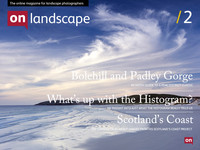Master Photographer

Tim Parkin
Amateur Photographer who plays with big cameras and film when in between digital photographs.
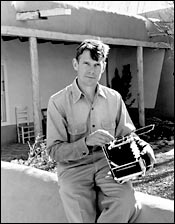 Eliot Porter, born in 1901; the beginning of a century that would transform photography. From the age of 11 he was discovering his surroundings via a camera but his career started in chemistry at Harvard university. He never lost the love of photography and was taking photographs of the East with his Leica in his off hours. An introduction to Ansel Adams and Alfred Steiglitz when he was 33 (just after his divorce) increased his passion for photography, purchasing a Linhof medium format camera and two years later in 1936, he had the offer of an exhibition from Steiglitz (only bestowed on two other photographers, Paul Strand and Ansel Adams - esteemed company indeed).
Eliot Porter, born in 1901; the beginning of a century that would transform photography. From the age of 11 he was discovering his surroundings via a camera but his career started in chemistry at Harvard university. He never lost the love of photography and was taking photographs of the East with his Leica in his off hours. An introduction to Ansel Adams and Alfred Steiglitz when he was 33 (just after his divorce) increased his passion for photography, purchasing a Linhof medium format camera and two years later in 1936, he had the offer of an exhibition from Steiglitz (only bestowed on two other photographers, Paul Strand and Ansel Adams - esteemed company indeed).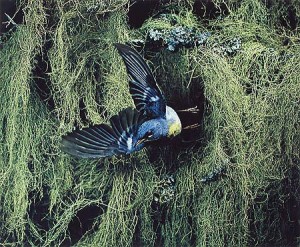
This exhibition led Eliot to give up his career and take up photography full time, following in the footsteps of his peers apart from in one respect; Colour photography. He immediately took to the new (and difficult) medium. Taking pictures of birds with a large format camera is probably enough to be famous for, but Eliot’s landscape photography used the new medium of colour to excellent effect and “An American Place” exhibition led to many patrons and was successful enough to support his family.
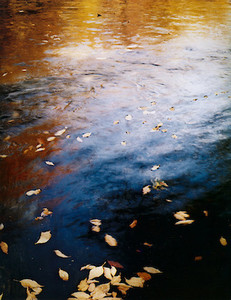 Being a colour photographer wasn’t particularly straightforward in his time. The medium itself was difficult to work with and the art community didn’t appreciate colour, thinking it a garish medium only useful for advertising. He worked with a large format camera primarily because the colour films of the time were so grainy.
Being a colour photographer wasn’t particularly straightforward in his time. The medium itself was difficult to work with and the art community didn’t appreciate colour, thinking it a garish medium only useful for advertising. He worked with a large format camera primarily because the colour films of the time were so grainy.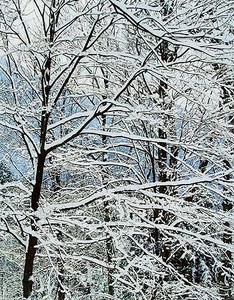 He also invested as much time in getting colour film to render the range of tones he needed as Ansel spent with his zone system (even more time if you take into account his extensive work in dye separation printing, a method of splitting the colours into cyan magenta and yellow and creating/manipulating each layer as a black and white negative and then recombining them into a single print - Charles Cramer has an excellent article on this http://www.charlescramer.com/dyetransfer.htm . His response to many critiques of colour that it “left little room for expression” was that Dye Transfer allowed extensive scope for adjustment, and it was even more difficult that colour to ‘get right’.
He also invested as much time in getting colour film to render the range of tones he needed as Ansel spent with his zone system (even more time if you take into account his extensive work in dye separation printing, a method of splitting the colours into cyan magenta and yellow and creating/manipulating each layer as a black and white negative and then recombining them into a single print - Charles Cramer has an excellent article on this http://www.charlescramer.com/dyetransfer.htm . His response to many critiques of colour that it “left little room for expression” was that Dye Transfer allowed extensive scope for adjustment, and it was even more difficult that colour to ‘get right’.
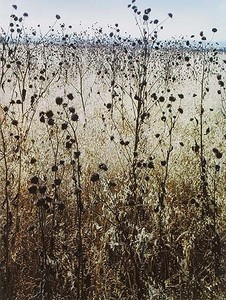 During the 60’s he had a major boost to his popularity when the Sierra Club published his “In Wildness Is the Preservation of the World.” to popular acclaim.
During the 60’s he had a major boost to his popularity when the Sierra Club published his “In Wildness Is the Preservation of the World.” to popular acclaim.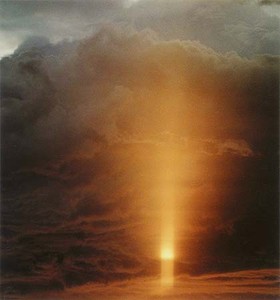 The book can be had second hand from Alibris or Abe Books for just a few pounds and is well recommend as an introduction to Eliot’s work.
The book can be had second hand from Alibris or Abe Books for just a few pounds and is well recommend as an introduction to Eliot’s work.
In later life, Eliot visited Antarctica, China, Egypt, Greece and photographed classical monuments and landscapes but there was a consistent underpinning of fascination and obsession with his subjects, especially the natural geological or biological.
One of his last works, James Gleick’s book Chaos: Making a New Science (1987), opened his eyes to a pattern that threaded through his whole lifes work.
Eliot Porter developed a vision of the landscape that looked closer, caught the natural chaos of the wild but in a way that showed the hidden structures. He is the forefather of colour landscape photography and anyone who calls themselves a landscape photographer should at least be aware of his work.

